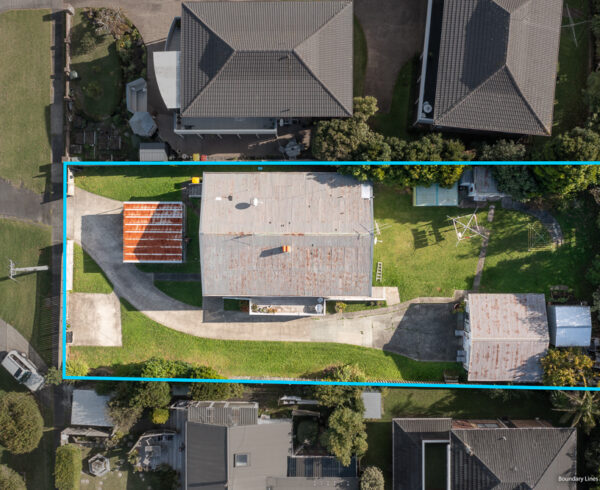When it comes to buying investment property, is rental yield the iron-clad indicator you can take to the bank? Or is it another statistic that can mislead or misrepresent the potential of a property?
If you’re looking for investment property, consider rental yield as one tool in your kit, albeit an important tool. It indicates the possible annual return on investment, over time, in comparison to the purchase price.
Rental yield is calculated thus:
Weekly rent x 52
—————————-
Purchase price of property
Typically, weekly rent is around .1% of the purchase property, so the yield on a typical investment property is calculated thus:
$400 x 52
——————— = 5.2%
$400,000
Because it doesn’t include a host of other variables, such as cost of repairs, depreciation, insurance, property management, and rates, investors should not look to yield to determine whether a property will be either positively or negatively geared. This can only be achieved through developing a cash flow projection.
Neither does the yield figure indicate or factor in possible capital growth. In fact, on many occasions, a property with high yield will be likely to offer low capital growth overtime and visa-versa (although there are exceptions).
For example, many investment properties in Australian mining areas are currently offering yields of over 8%, however the prospect of long-term capital gain – which what ultimately investors are seeking – is slim.
On the way to choosing an investment property, a high yield is important, but not to be used in isolation when making the decision.
The Holy Grail when it comes to investment property is a high yield dwelling in an area that promises capital gains. Throw in low maintenance costs and a great Property Manager and you have the full package!







Recent Comments